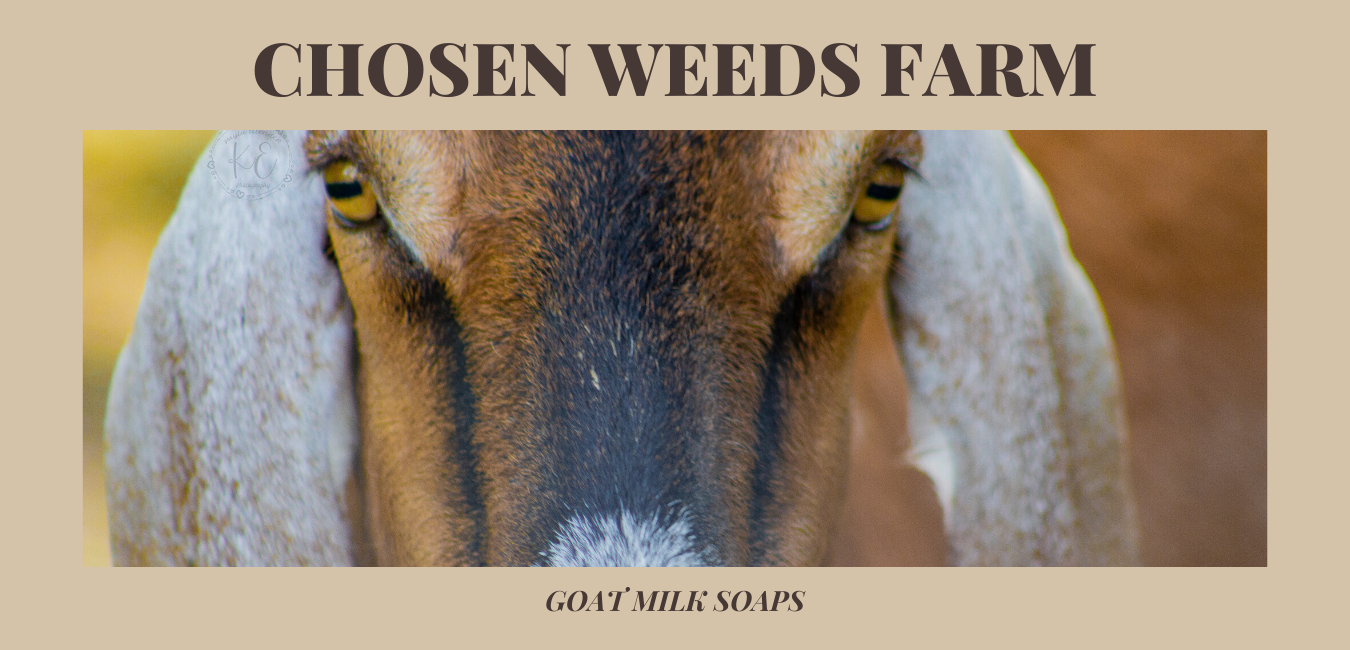Growing Purple Cone Flower (Echinacea)

I am pretty excited about what just popped up, especially since I thought it wasn’t going to germinate. About a month ago, my purple cone flower started to emerge, much to my surprise, since the seeds were planted in the spring.
Echinacea is actually native to North America, which is a huge bonus when planting it in the garden. Native plants are already adapted to the environment to which they belong, making it easier to propagate and maintain. I can remember my mom having them in her garden when I was growing up. I have always liked the simple beauty of this plant.
I always find the history of plants interesting, so here are a few tidbits.
The genus name, Echinacea, comes from the Greek word ‘chinos,’ meaning hedgehog. This is due to the prickly crown of seeds left behind by spent flowers. As it is an indigenous plant, the first people to the Americas used the roots and either chewed them or made tea to extract the benefits. “These cultures used the plant to treat snakebite and the bites of poisonous insects. The juice was used to bathe burns and was added to the waters sprinkled over coals during the traditional purification ceremonies known as ‘sweats’.” [2]
In the 18th and 19th centuries, European settlers got the plant from the indigenous people and used it to treat the common outbreaks of such diseases as Scarlet Fever, Diphtheria and Syphilis.
“The history [European]of purple coneflowers starts in the 17th century in a forest in the southeastern United States. John Banister was studying the native flora in Virginia and happened across the lovely blooms. He harvested the seeds and sent them to England in 1699, where the plant became popular in European gardens by the late 1800’s.” [1]
Today, Echinacea is one of the most well researched plants. “Clinical trials show positive benefits in its use as a treatment for upper respiratory tract infections, including the flu. Unfortunately, few clinical studies to establish accurate and effective dosing of Echinacea have been conducted. In addition to its extensive history of safe use among North American indigenous groups, clinical research has shown that Echinacea is one of the safest herbal products on the market, with only a very slight risk of allergic reaction or adverse interactions with some medications.” [4]
So Why Plant Purple Coneflower?
- They are drought tolerant: Depending on the species (there are nine indigenous to North America), the plants have either a long taproot which can reach water far underground or rhizomes with roots that spread out looking for moisture. Either way, they need to be planted in well-drained soil or a raised bed and don’t water them unless they get very dry.
- They can grow in partial shade. This is a HUGE plus for us. The temperatures in the summer can get upwards of 100 degrees. It makes it hard to grow in the these conditions, so when I can find plants that will grow in the shade, I get excited.
- They attracts bees and butterflies: Echinacea is one of the best nectar plants for attracting a wide range of butterflies. You will find swallowtails, black swallowtails, clouded sulphurs, banded hairstreaks, great spangled fritillaries, red spotted admirals, painted ladies, American ladies, West indigo duskywings, Horace’s duskywings, sachems, and little glasswings all find them irresistible [3]. What could be better than attracting pollinators?

- The have several medical properties: Axe lists nine benefits of Echinacea including combating cancer, boosts the immune system, alleviates pain, functions of a laxative, anti-inflammatory, improves skin problems, improves mental health, relives upper respiratory issues, fights infection. Read more HERE
Using Echinacea
Echinacea Tincture for colds [5]
- A clean pint-size glass jar with lid
- Food grade alcohol like vodka or rum- at least 80 proof (or apple cider vinegar to make a vinegar tincture)
- ½ cup dried echinacea leaf (of a mixture of root and leaf)
Tincture Instructions
- Fill the jar 1/3 to 1/2 full with dried echinacea leaf (or leaf+root). Do not pack down.
- Pour boiling water to just dampen all of the dried herb (a few tablespoons). (This step is optional but helps to draw out the beneficial properties of the herbs).
- Fill the rest of the jar (or the entire jar if not using hot water too) with alcohol and stir with a clean spoon.
- Put the lid on the jar. Store the jar in a cool/dry place, shaking daily, for at least three weeks and up to six months.
- Strain through cheesecloth and compost the herbs. Store the tincture in dark colored dropper bottles or clean glass jars.
Throat Spray [5]
- Echinacea
- Ginger
- Marshmallow Root
- Elderberry
- Thyme
- Mint
- Cayenne (optional)
- Combine 1 tablespoon each of these dried herbs: Echinacea, Ginger, Marshmallow Root, Elderberry, Thyme and Mint and 1 teaspoon of dried cayenne pepper (optional) in a pint-size mason jar.
- Pour 1/4 cup boiling water over the herbs to help draw out the beneficial properties and then filled the rest of the jar with a strong food-grade liquor like rum or vodka (must be at least 40% alcohol).
- Put on an airtight lid and let sit for at least two weeks or up to a year (the longer it sits the stronger it will be). Store in a cool dark place.
Check out these TUTORIALS for help with making tinctures
Sources:
- https://blog.gardeningknowhow.com/tbt/history-of-purple-coneflowers/
- https://harvesting-history.com/echinacea-purple-coneflower/
- https://dengarden.com/gardening/Why-You-Should-Grow-Echinacea-Purple-Coneflowers
- http://kindscher.faculty.ku.edu/research/medicinal-plants/echinacea
- https://wellnessmama.com/25999/echinacea-benefits-uses/
